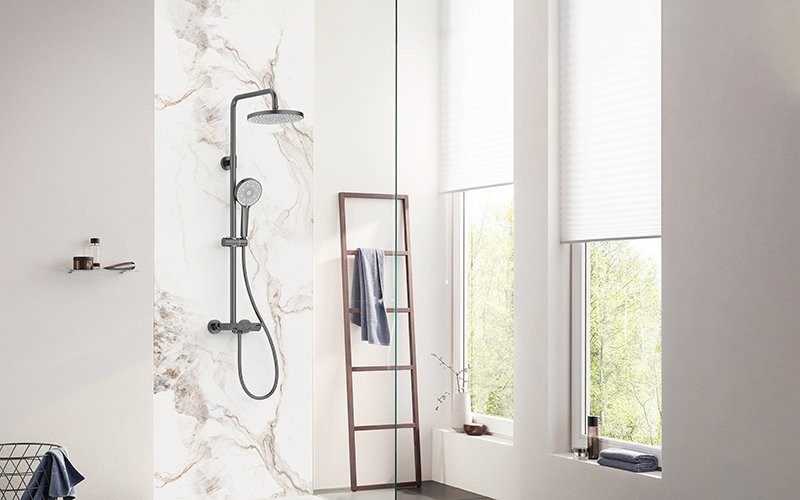Table of Content
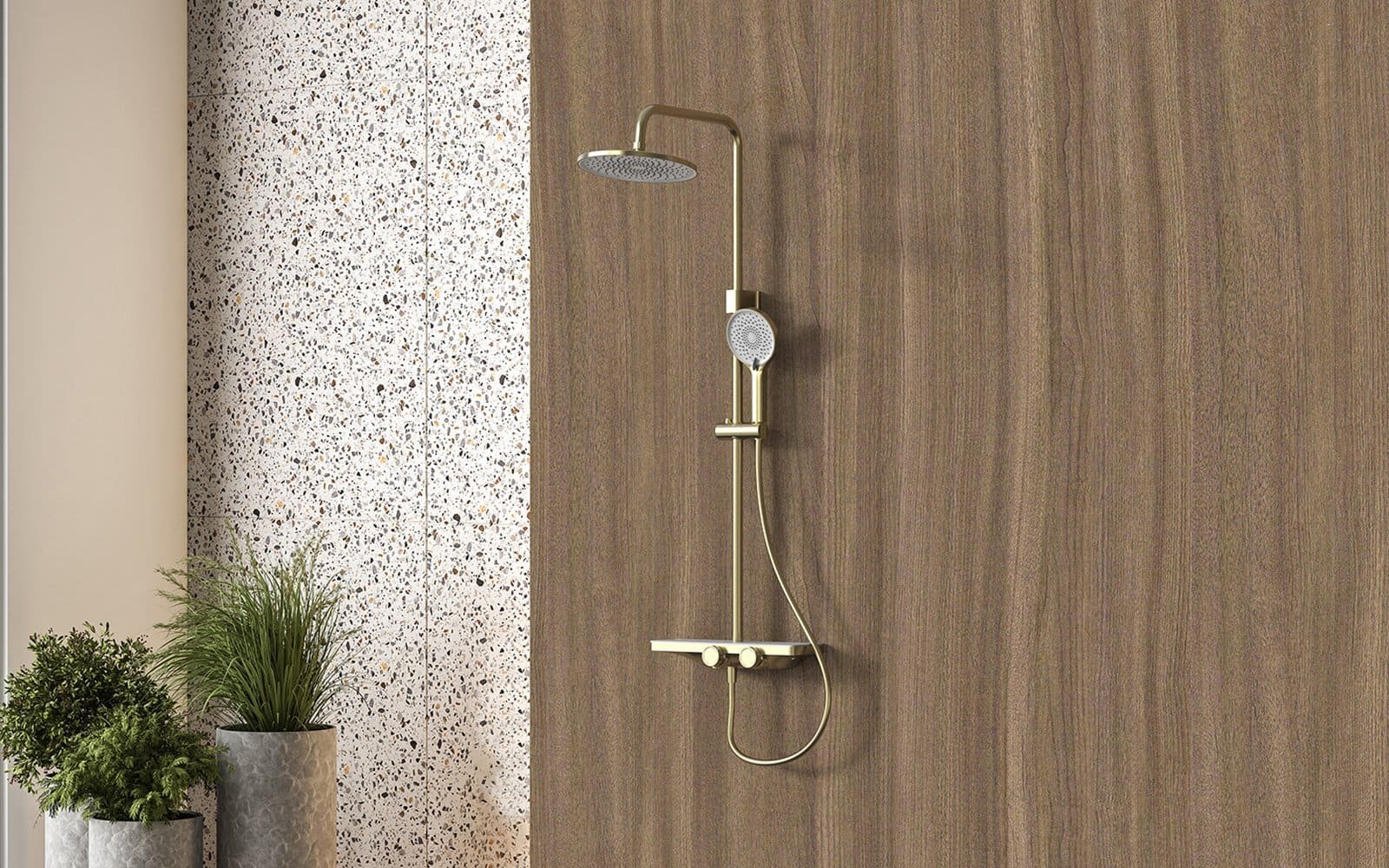
Disclaimer:
This guide is for general informational purposes only and provides a simplified overview of how typical shower faucets work. It does not constitute professional plumbing advice. Features and components can vary significantly by brand and model. For any specific repairs or installations, we strongly recommend consulting a licensed professional plumber.
Have you ever wondered what happens inside your shower faucet? From the moment you turn the handle to when the water starts flowing, there’s a process taking place behind the scenes. Let’s take a dive into the inner workings of a typical shower faucet.
The Valve Cartridge: The Control Center
At the heart of any modern shower faucet is the valve cartridge. This component is the key to regulating both water temperature and flow rate. It’s a simple yet ingenious device that controls how much cold and hot water gets mixed together.
How It Works:
- Temperature Control: When you turn the shower handle or knob, you’re essentially rotating a part of the valve cartridge that controls the cold and hot water inlets. The ceramic discs inside the valve align in such a way that they allow a specific amount of cold or hot water to flow through. Turning the knob toward the hot side lets more hot water in, while turning it toward cold restricts the hot water flow and allows more cold water in.
- Flow Control: The valve cartridge also manages the flow rate. By adjusting the valve mechanism, it can either open or close more or less of the water path, controlling how much water flows through the faucet. The harder you turn the handle, the more water flows out.
Insight on Cartridge Design: Many modern faucets utilize valve cartridges with ceramic seals. This design is intended to create a tight seal, helping to resist leaks and contributing to smooth operation over time.
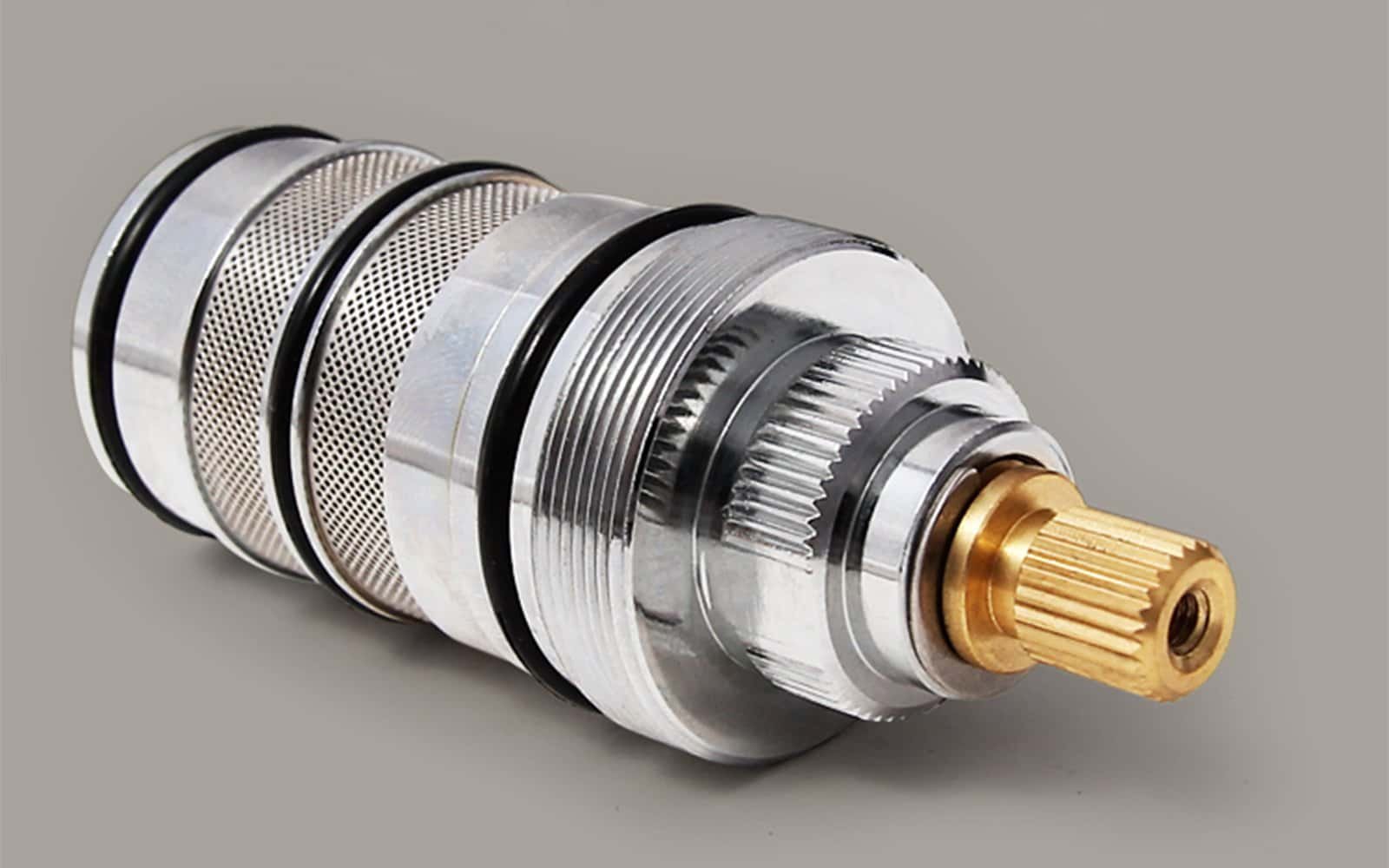
The Diverter Valve: Directing Water Flow
If your shower has a tub-shower combo, you’ve probably noticed the diverter valve—that little lever or knob you push to send water either to the tub spout or the showerhead. It may seem like a simple feature, but it’s essential for controlling where the water flows.
How It Works:
- When you turn the diverter valve, it redirects the water flowthrough a different path. If you want to fill up your bathtub, the diverter keeps water flowing to the spout. On the other hand, if you want a shower, the diverter directs the water to the showerhead.
- Water Pressure: In many faucets, the diverter can also help balance pressure between the tub spout and the showerhead. If one of them needs more water than the other, the diverter ensures that pressure is equally distributed.
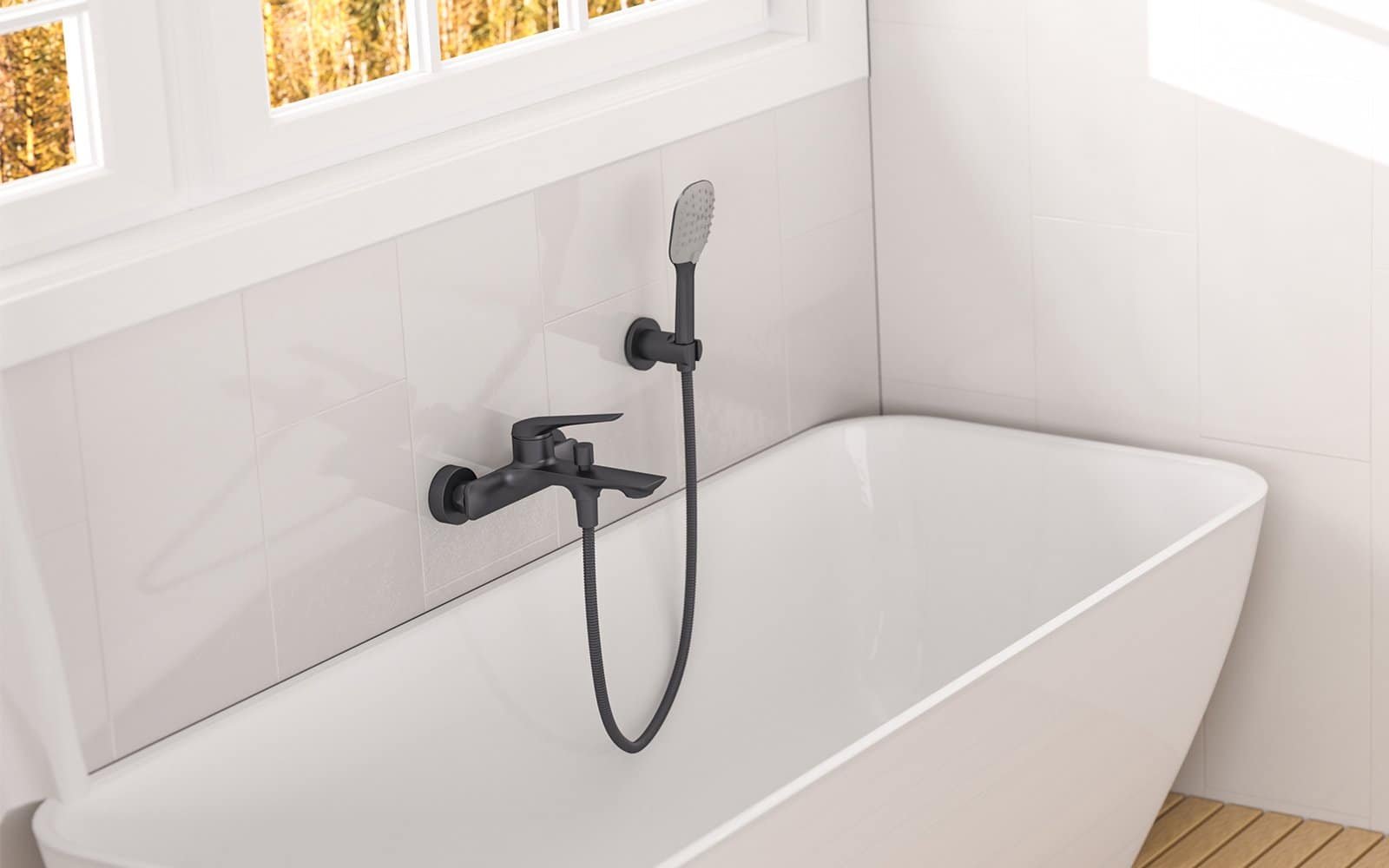
The Aerator: Water flow optimization
You may not think much about the aerator at the tip of your faucet, but it’s actually one of the most important components in water conservation and flow control. The aerator is a small attachment that screws into the showerhead and mixes air with water to create a smooth, uniform flow.
How It Works:
Water Flow Regulation: The aerator has tiny holes and mesh screens that break the water into smaller droplets, making the stream feel softer while reducing the total amount of water that flows out. This is especially helpful for ensuring a comfortable, efficient shower experience without wasting excess water.
Water Conservation: By adding air to the water, the aerator can reduce the flow rate (typically to around 2.5 gallons per minute or less), allowing for a full-feeling spray without consuming as much water. This can contribute to water conservation, making it a choice for environmentally-minded users.
The Flow Restrictor: Preventing Water Waste
In many modern shower faucets, you’ll find a flow restrictor built into the showerhead or valve mechanism. The purpose of this device is straightforward: to limit the amount of water that flows through, thus preventing water waste and conserving resources.
- Limiting Flow: The flow restrictor is usually a small plastic piece with a hole in the middle. When water passes through, it’s forced to go through this hole, reducing the total volume of water that’s released.
- Optimized Experience: Even though it limits the flow, a flow restrictor doesn’t impact the quality of the shower experience. By regulating the amount of water that exits, it can maintain a satisfying spray while using less water, providing a balance between water pressure and conservation.
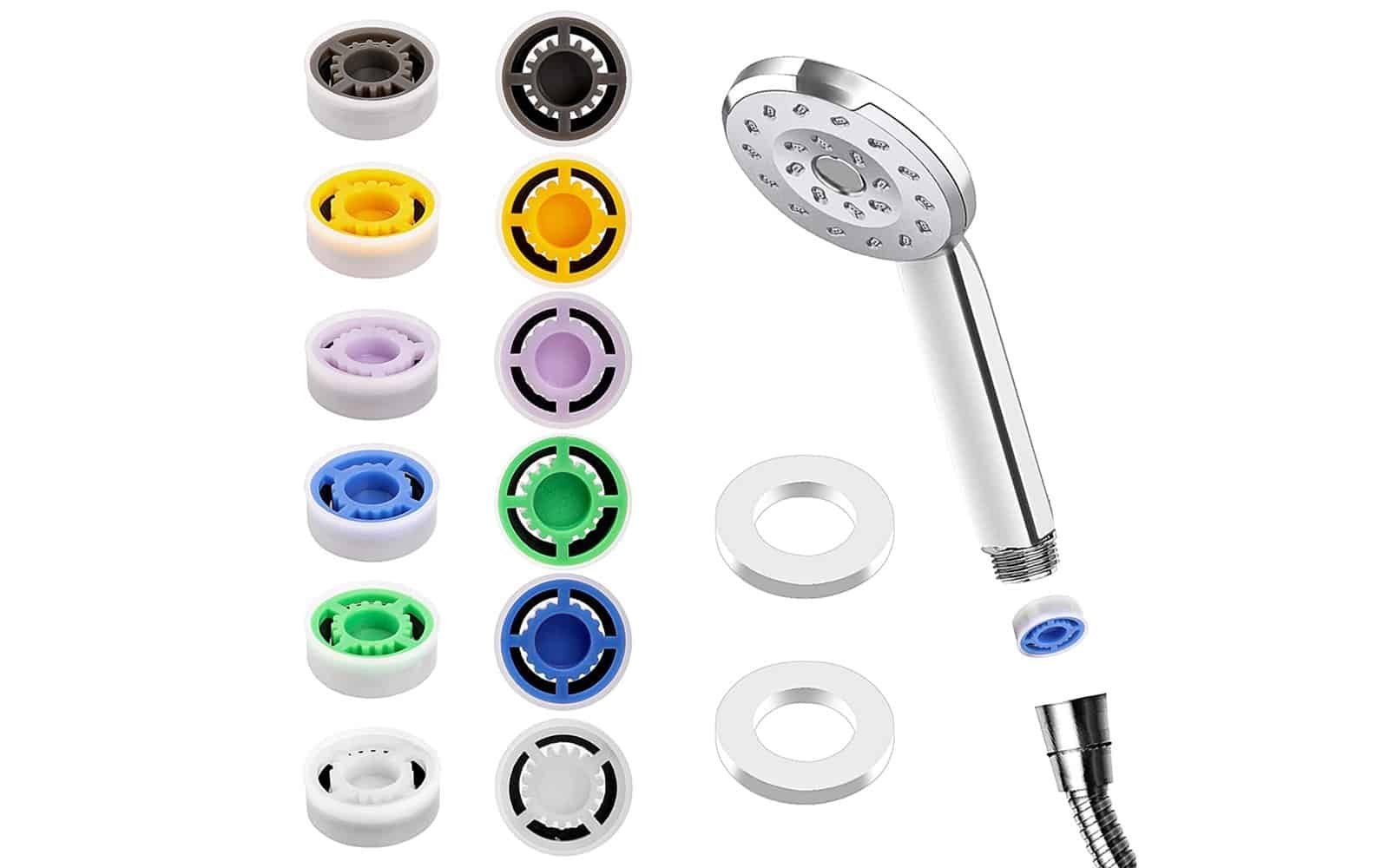
The Thermostatic Valve: For Consistent Temperature
For those who prefer a consistent shower temperature, the thermostatic valve is the MVP. This component automatically adjusts the mix of hot and cold water to maintain a steady temperature, regardless of any fluctuations in water pressure.
How It Works:
- Auto Temperature Adjustment: Once you’ve set your desired temperature, the thermostatic valve continuously adjusts the hot and cold water mix to ensure that it doesn’t change while you shower. For example, if someone flushes the toilet or turns on another tap in the house, the valve will adjust to help reduce the chance of a sudden shock of cold or hot water.
- Temperature Lock: Some thermostatic valves also come with a temperature limit-stop feature, allowing you to set a maximum temperature to avoid overly hot water.
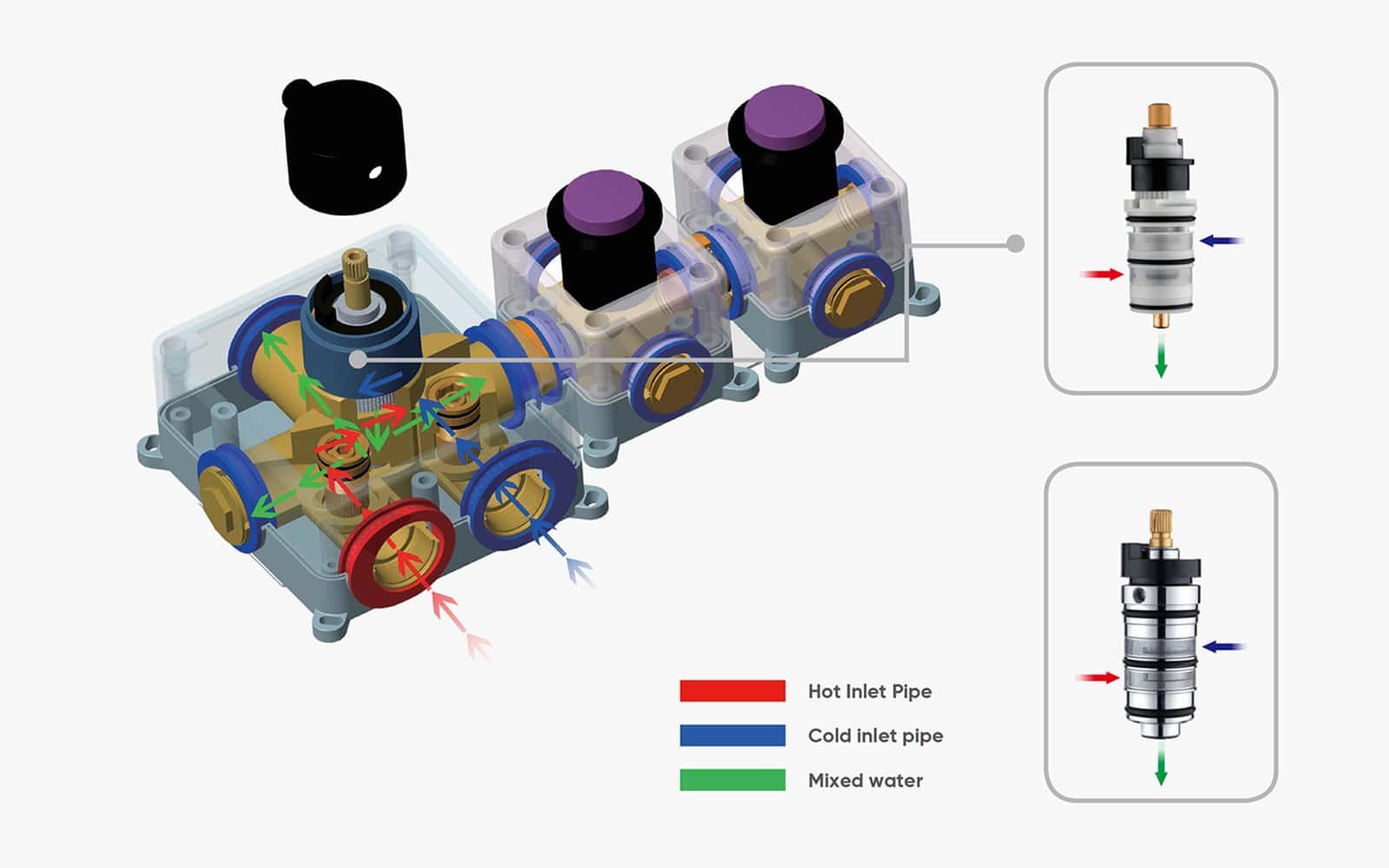
The Pressure-Balancing Valve: Ensuring Constant Pressure
This valve is another unsung hero in your faucet system. Pressure-balancing valves ensure that the water pressure remains constant, even when other appliances (like the dishwasher) are running in your house.
How It Works:
- Pressure Sensing: the pressure-balancing valve compensates by adjusting the flow rate, helping to reduce the chance of an unexpected blast of overly hot or cold water while you’re shampooing.
- Stable Experience: If your water pressure drops unexpectedly (like when someone flushes the toilet), the pressure-balancing valve compensates by adjusting the temperature and flow rate, helping to reduce the chance of an unexpected blast of scalding hot or freezing cold water while you’re shampooing.
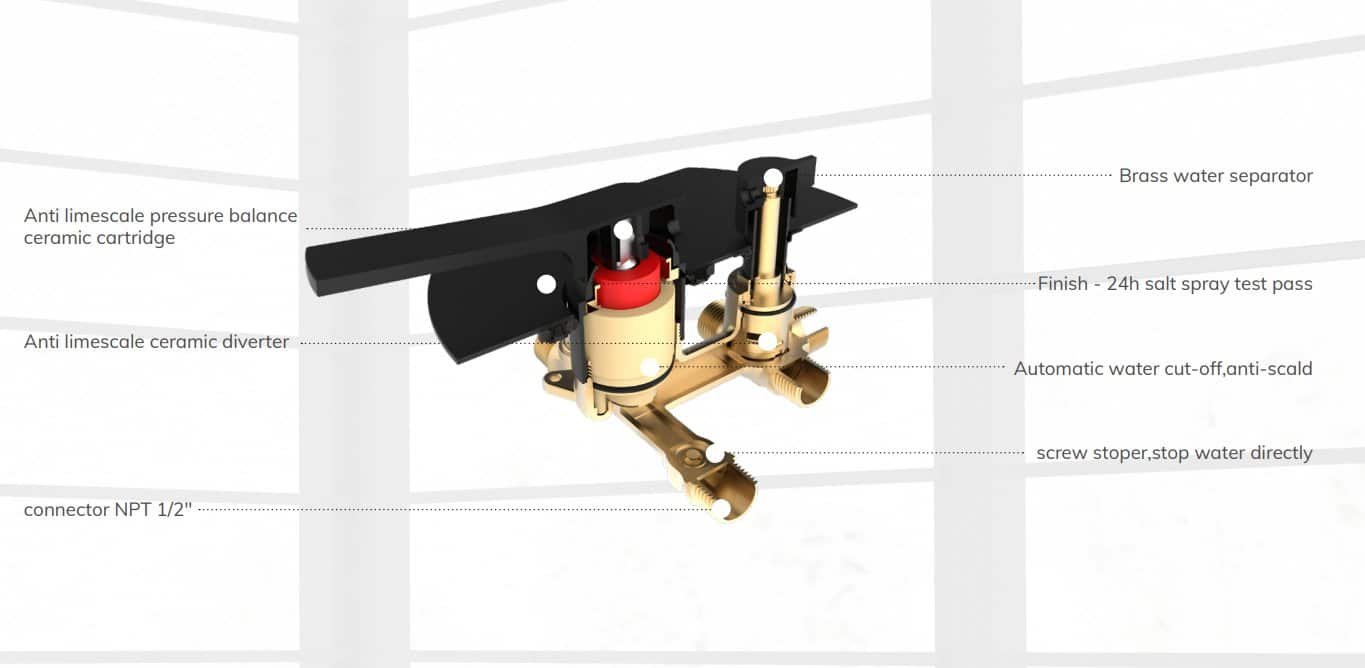
How Does the Whole Shower Faucet Work Together?
Now that we’ve explored the individual components of your shower faucet, let’s look at how they work together seamlessly to deliver a comfortable shower experience.
The Complete Process:
- You Turn the Handle: When you turn the handle of your faucet, the valve cartridge inside begins to adjust the flow of water. The temperature control mechanism inside the cartridge allows hot or cold water to enter based on your preferences.
- Water Flow and Temperature Regulation: As water flows into the faucet, the thermostatic valve and pressure-balancing valve work together to maintain a consistent water temperature and pressure, even if other fixtures are being used in the house.
- Water Diversion: If you’re using a tub-shower combo, the diverter valve switches the water flow from the tub spout to the showerhead, depending on what you need at the moment.
- Water Softening and Conservation: As the water exits the faucet, the aerator and flow restrictor work to reduce water waste by limiting the flow while ensuring a full spray. The aerator introduces air into the water to create a softer, more comfortable flow, while the flow restrictor ensures water is used efficiently.
- Your Shower: Now, all the water that’s regulated in temperature, pressure, and flow reaches your showerhead… Thanks to the combination of all these components, you can get a comfortable and efficient shower.
Conclusion
From the valve cartridge to the diverter valve and aerator, each component of your shower faucet plays a vital role in its overall function. Understanding how these parts work together can help you better diagnose issues and appreciate the engineering in your bathroom.
This integration helps ensure you get a consistent and comfortable flow, making for an enjoyable shower.
FAQs
Related Posts







